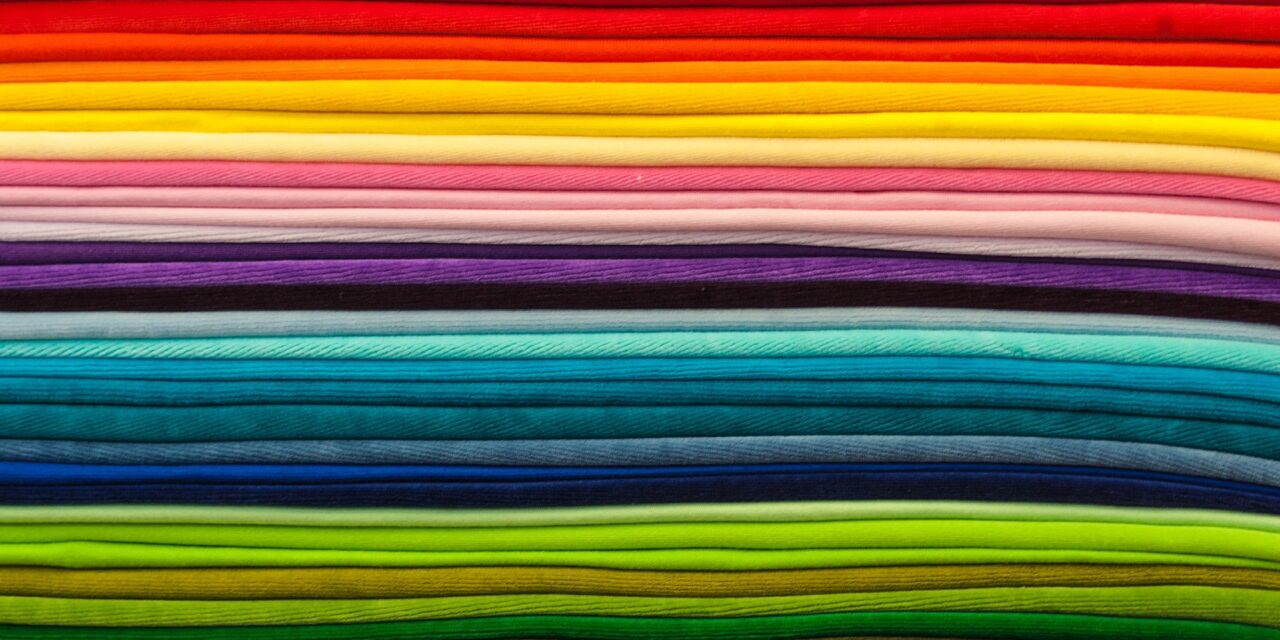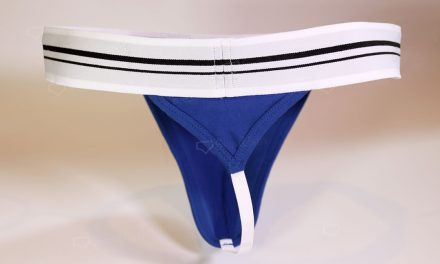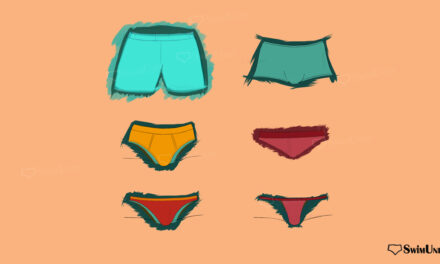When it comes to materials that go into your underwear, it’s certainly come a long way since the days of cotton, cotton or cotton. Especially since the advent of spandex in 1959 and its post space age iteration of Lycra, various new types of material abound.
With all that is out there, what is the best? Or at the least what are all the different materials and what are the benefits and drawbacks? Well, it’s time we take a closer look at some of the most common ones.
Natural
These are mostly all types of materials that are sourced from plants, or animals. Most of these have been in use for thousands of years and still continue to be used today. Natural fibres can be directly drawn and spun into yarn without much processing.
Cotton
The most common and earliest uses of plant fibre, the Levant cotton (Gossypium herbaceum) plant produces this this soft fibrous cocoon in pods around its seeds. These fibres are mostly cellulose which is spun into yarns to be used in making clothing.
Some important properties of cotton that make it great for not just underwear but any type of clothing:
- Soft and doesn’t irritate the skin
- Breathable
- Durable
Cotton underwear tend to be softer than most other material, however without additional material blended in and elastic trimming, the range and stretch offered would be limited. Prone to shrinkage, it is recommend to get underwear that is just the right size as it will stretch to a certain extent after shrinkage or ones that are already preshrunk.
For softness that isn’t too smooth or shiny, along with a breathable, durable, natural material that is great for sensitive skin, cotton is the go to fabric. Check out these great cotton underwear blended with other material for added stretch and durability:
Hemp
Hemp is often a material that’s associated with clothing and more with tote bags or shoes and not clothing. Hemp fibres are derived from the stalks of the Cannabis Sativa plant and yields a quite tensile and resilient fabric.
Some properties of hemp that make it an ideal choice for underwear are:
- Soft and highly breathable
- highly resistant to pilling
- Not as susceptible to shrinkage
- Extremely durable compared to cotton
Apart from its great qualities which make it a good choice for underwear is the fact that it very eco-friendly. Not only is it one of the fastest growing plants in the world, but produces nearly 3 times higher yield on the same amount of land while only needing almost half the water required for cotton.
As an added bonus fabrics made from hemp tend to get softer with each washing, this together with it’s extreme resilience means you’ll have a great pair of comfortable, soft, breathable underwear that lasts and gets softer over time. Check out these great selection of hemp blend underwear:
Linen
Linen is among the oldest materials to be used for clothing. Made from the fibres of the flax plant, the term linen is used for clothing made from natural fibres often woven in a similar style to linen.
Some properties of linen which would make it a choice for underwear:
- Highly durable
- Absorbent
- Dries very fast
Another eco-friendly fabric, similar to hemp, linen is bio degradable and recyclable. However it is not an easy plant to maintain and its fibres do not lend itself cloth making as easily as other natural fibres thus adding to its cost.
Its high durability means that linen will retain its shape and resilience after repeated washing, and becomes softer the more its washed. Although pure lined textiles are available, it is often blended with other fabrics. Here are some linen blended underwear:
Synthetic
Typically surrounded in an aura of being plasticky and not breathable like natural fibres, modern synthetic materials offers several benefits over natural ones apart from comfort.
These are typically either completely man made compounds produced by chemical synthesis or reconstituted fabrics made from plant fibres.
Polyamide
This is among the latest and strongest of the synthetic fibres which has a higher elasticity than natural fibres. Chances are almost any undergarment that you pick up lately will have high percentage of polyamide in it. Typically
Some important properties of polyamide that make it a great material for underwear:
- High elasticity
- Retains shape even after repeated wash and wear
Underwear such as boxer briefs, briefs, bikinis or thongs are typically made from a high percentage of polyamide mixed with elastane. The elastane provides an incredible amount of stretch while allowing the material to return to its original length without losing elasticity. Most people will have heard of this material as spandex, which had its heyday in the 80’s and was almost eponymous with the fitness culture of that decade. Lycra would be a popular brand name for elastane as well.
So combined with the resilience, breathability and enhanced qualities by mixing other materials, such as size retention by mixing elastane, this is a definite go to when basing your purchase decision on. The resulting garment will not only be soft and breathable, but will also have a smooth shimmery quality to boot.
Check out these great underwear featuring polyamide and elastane mix.
Modal
Now if you’ve been paying attention to underwear material trends in the last decade or so, you would surely have come across this term. Modal, or the more luxuriant and lighter micro modal, is derived from fibres of the beech tree.
Some important properties of Modal that make it great for underwear:
- Soft and silky for a great sensual feel
- Breathable and upto 50% more absorbent than cotton
- Durable and tensile meaning that clothing will last and retain its shape
Underwear and other garments made with Modal often have cotton or spandex blended in to supplement its qualities. Just Modal has a great amount of stretch which is aided by other fabrics blended in. Whatever type used, the result will be smooth, and light underwear with an added touch of class as the silkiness brings a level of comfort not found in other materials. This does translate to a higher cost, however it is well worth it.
Check out these great underwear featuring mainly modal fabric.
Bamboo
Bamboo might feel like it’s the new kid on the block, however methods to create a bamboo fiber have been around since the late 17th century. However it’s only in the last two decades that it’s garnered widespread use.
Some important properties of bamboo fabrics that make it great for underwear:
- Soft, silky and.
- Very breathable from the way the fibres are interleaved and cool.
- Hypoallergenic.
- Naturally antimicrobial and anti-fungal.
Although the chemical separation is required to get the fibres economically viable, the solvents are used in a closed loop system which allows up to 99.5% of the chemical recycling. Bamboo uses about 1/3 the water needed to grow cotton, is naturally pest resistant meaning no pesticides, requires no fertilizers, is one of the fastest growing plants on the planet and products made from bamboo can be recycled or biodegradable. To boot it has a great capacity for absorbing CO2 from the atmosphere.
All that and is soft, airy, hypoallergenic, antimicrobial, what are you waiting for? Go get some bamboo underwear:







Exactly.